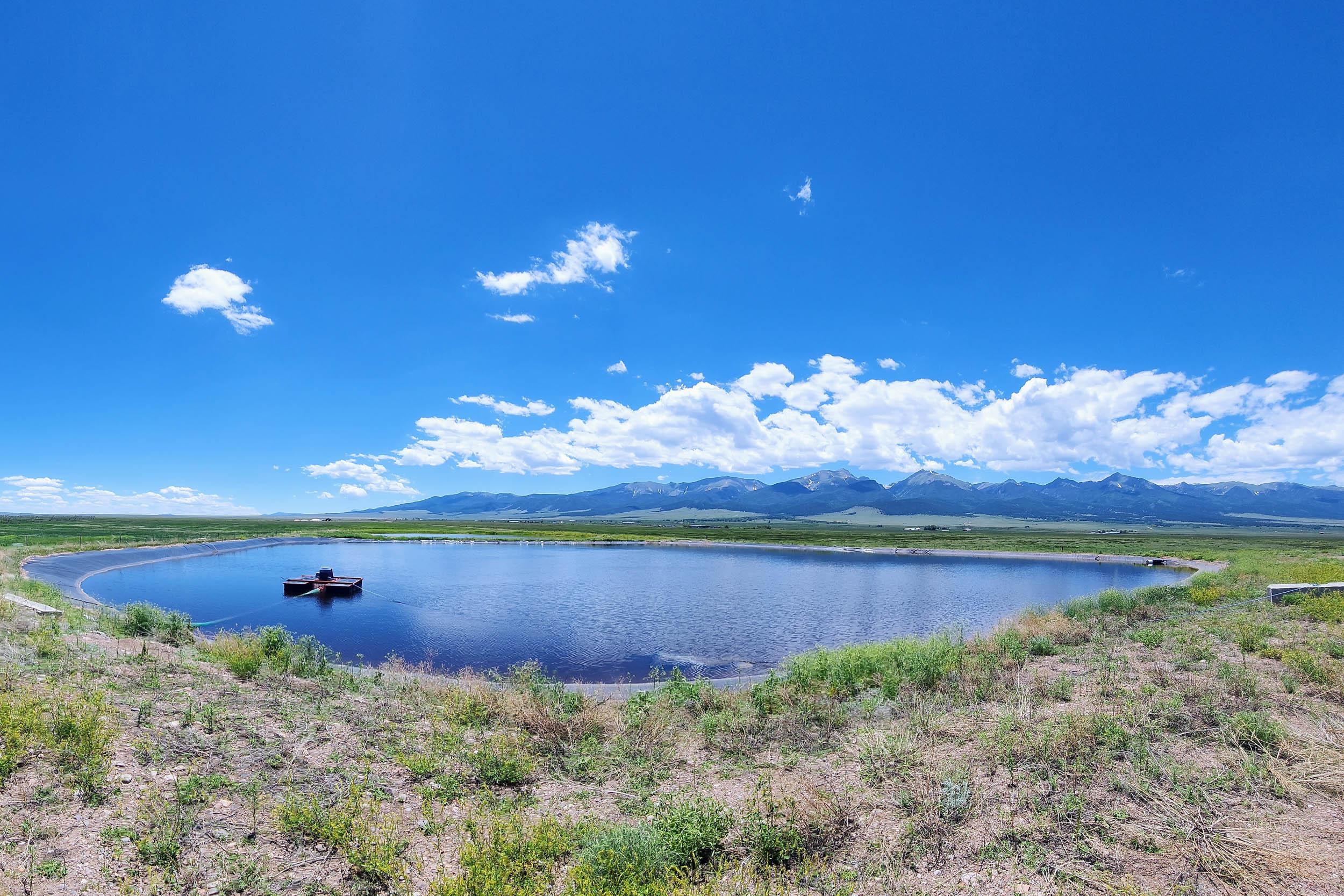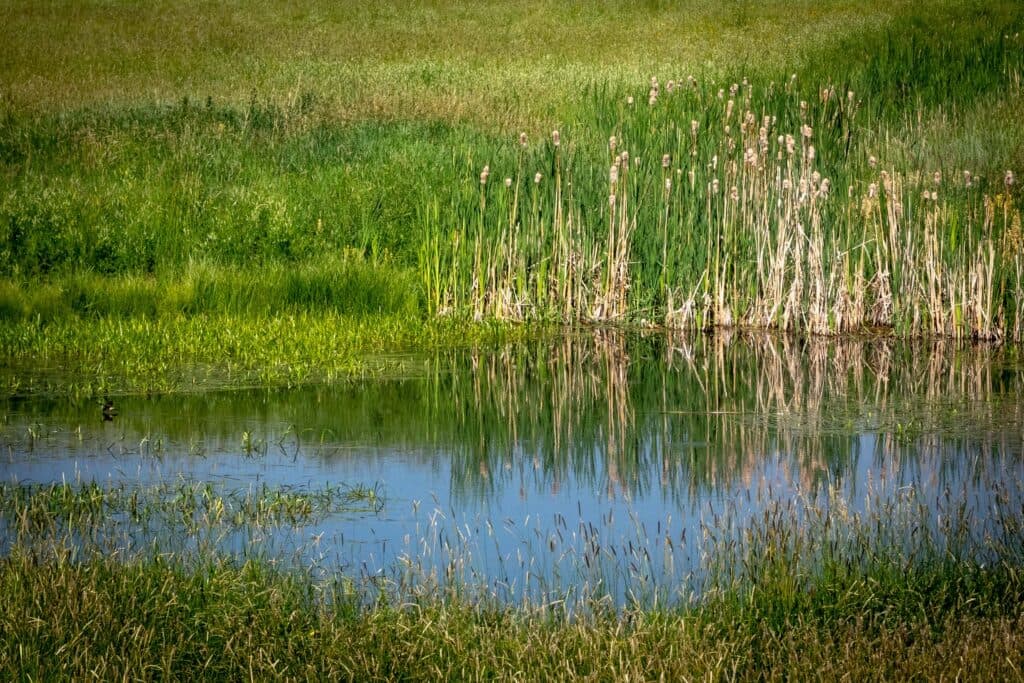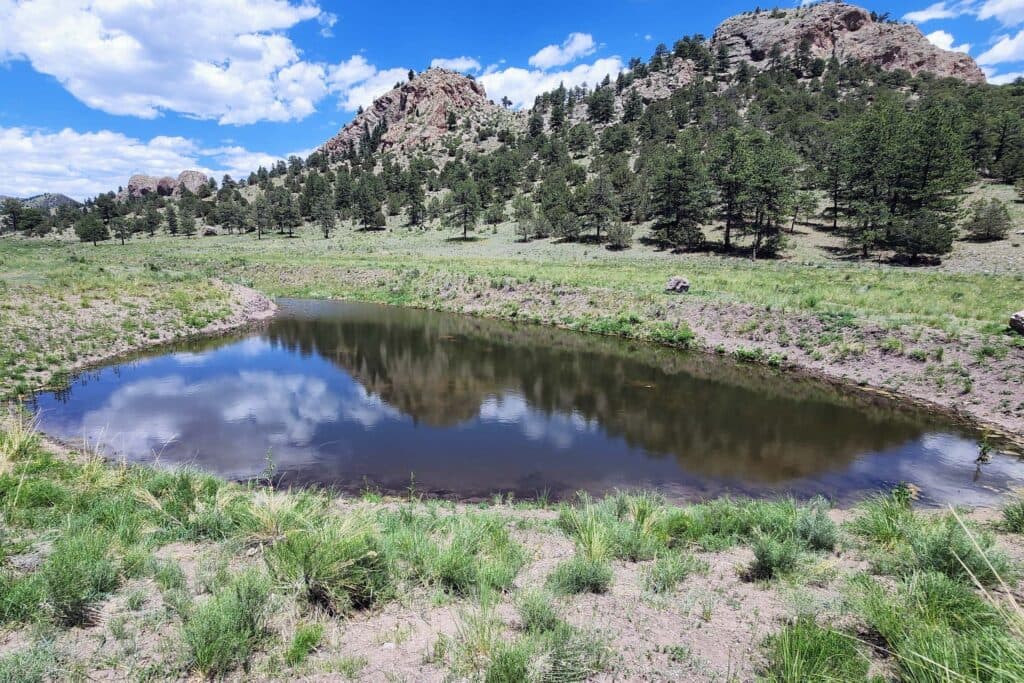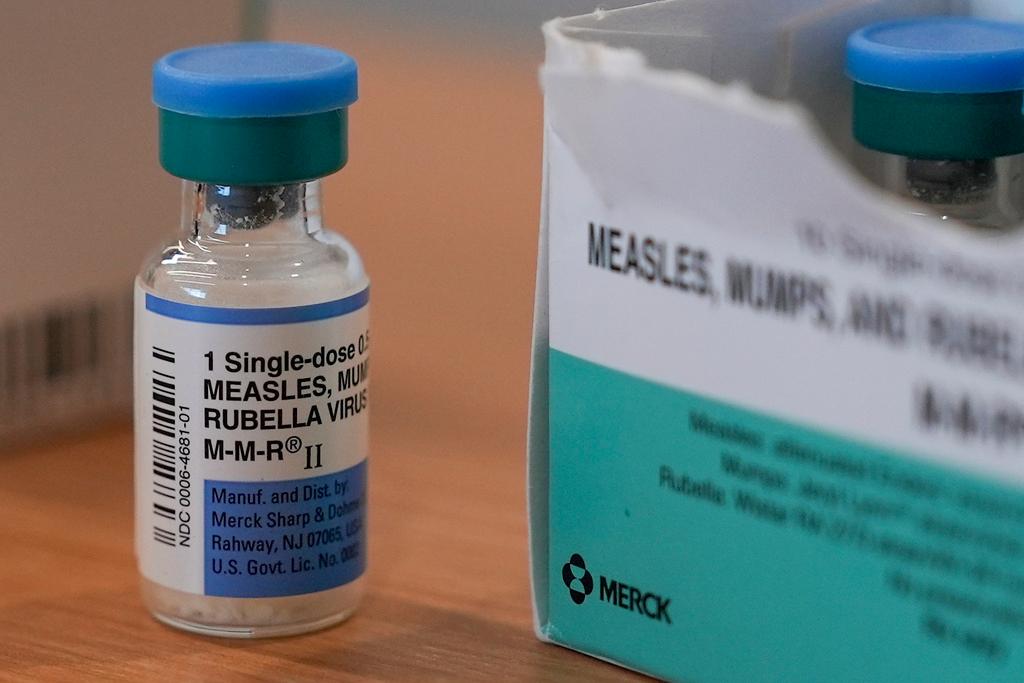
The Colorado Division of Water Resources is identifying, categorizing and cataloging all of the ponds located in Custer County. It's part of a years-long ponds management effort by the state to ensure water in the Arkansas River Basin is available to those who own the rights to it.
The agency is evaluating whether each pond in the rural Southern Colorado county has appropriate water rights, focusing on man-made ponds or reservoirs.
So far, more than 400 ponds have no permitting record, but some are natural lakes and are not considered illegal. Most of the ponds in the county were either visited by agency staff or, due to inaccessible mountain terrain, were examined via aerial photography.
“These ponds were reviewed for man-made influences such as ditches or dams that can be inspected from the aerials and lacking any indication of those, marked as exempt-natural,” Department of Natural Resources spokesman Chris Arend said in a written statement.

About 63 ponds requiring on-site visits have yet to have inspections. That will likely happen later this summer.
Each pond is assigned a unique identification number and categorized as to whether it already has water rights or doesn’t need them based on state law. About two dozen property owners so far have either obtained the proper water rights or removed their ponds. The state agency is working with the Custer County Conservation District to help landowners comply. Possible solutions might include assistance with applications for exemptions, obtaining water rights or seeking grants to help pay for removing ponds.
Custer County is not the only place where the state has identified ponds without legal authorizations, according to the agency, but the project is helpful as a model for the rest of the Arkansas River Basin, Arend said.

“It is a great example of the value of working in partnership with local governments to perform a targeted audit and assist pond owners in obtaining legal authorization for their ponds in order to prevent injury to other area water users,” according to Arend. “Lessons learned from this pilot project are expected to inform future pond inventory projects in other areas of the Arkansas Basin.”
Similar initiatives in El Paso and Pueblo counties are under discussion, according to Arend, and the agency is looking to partner with groups like the Fountain Creek Watershed District and Palmer Land Conservancy.
- Southern Colorado property owners are starting to receive notices of illegal ponds. Here's why hundreds of them may need to go
- Colorado Is Cracking Down On Illegal Ponds In The Arkansas River Basin
- Want to drill a well for your home? Some rules in Colorado might surprise you
- How water in Southern Colorado’s rivers gets divvied up before crossing state lines
- Perspectives on water after 30 years of talking about it in the Arkansas River Basin









